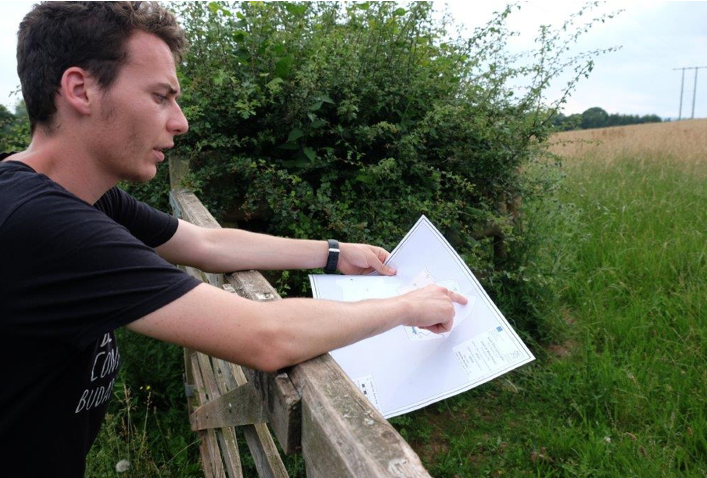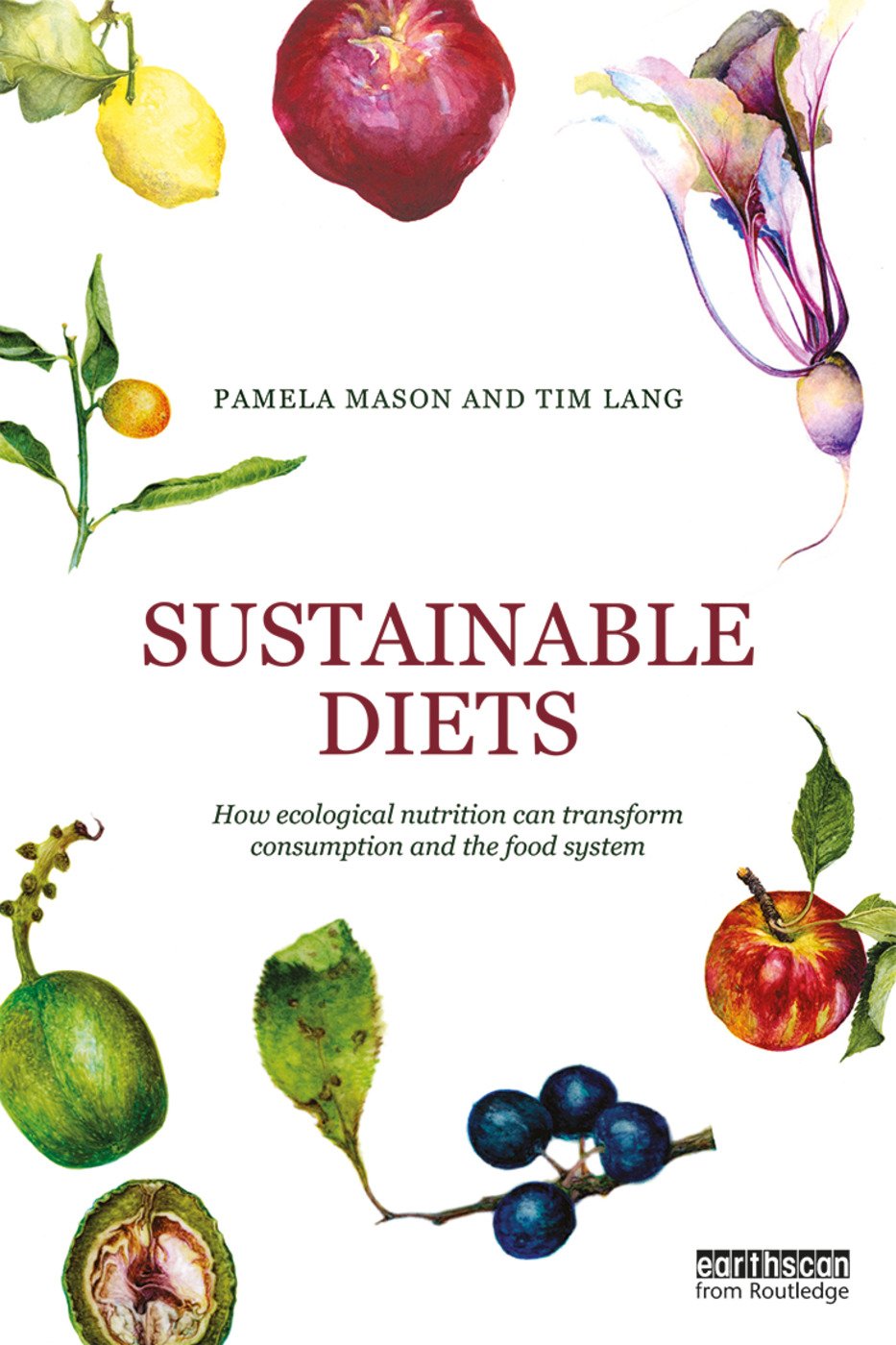Agroecology in Extensive Rangeland Pastoralism in the Gobi Desert of Mongolia
Only 1% of the arable land in Mongolia is cultivated
with crops. The agriculture sector remains heavily focused on
nomadic animal husbandry with 75% of the land allocated to pasture. Dundgobi province is located in the middle part of the Gobi
Desert and is a vast dryland steppe with sparsely grown but highly
nutritious grass such as wild leek and saxaul. The local community is actively involved in projects for planting trees such as elm and seabuckthorn,
bushes and vegetables. The community is a good example of surviving
under challenging climate conditions. Their initiatives involve building relationships between herding
livestock in a traditional way and planting trees to cope with sand
movement and land degradation and putting efforts into spring water
conservation.












